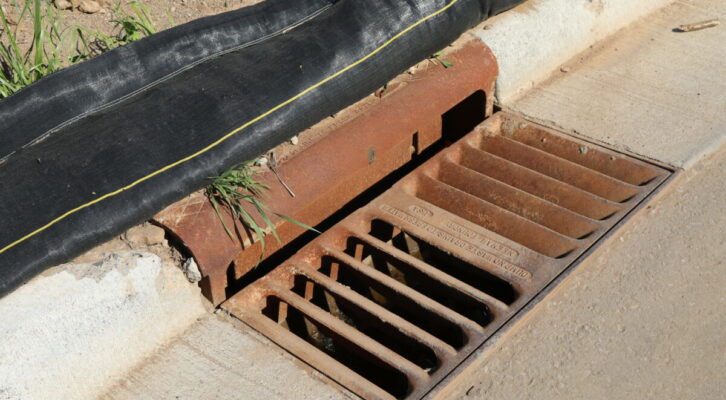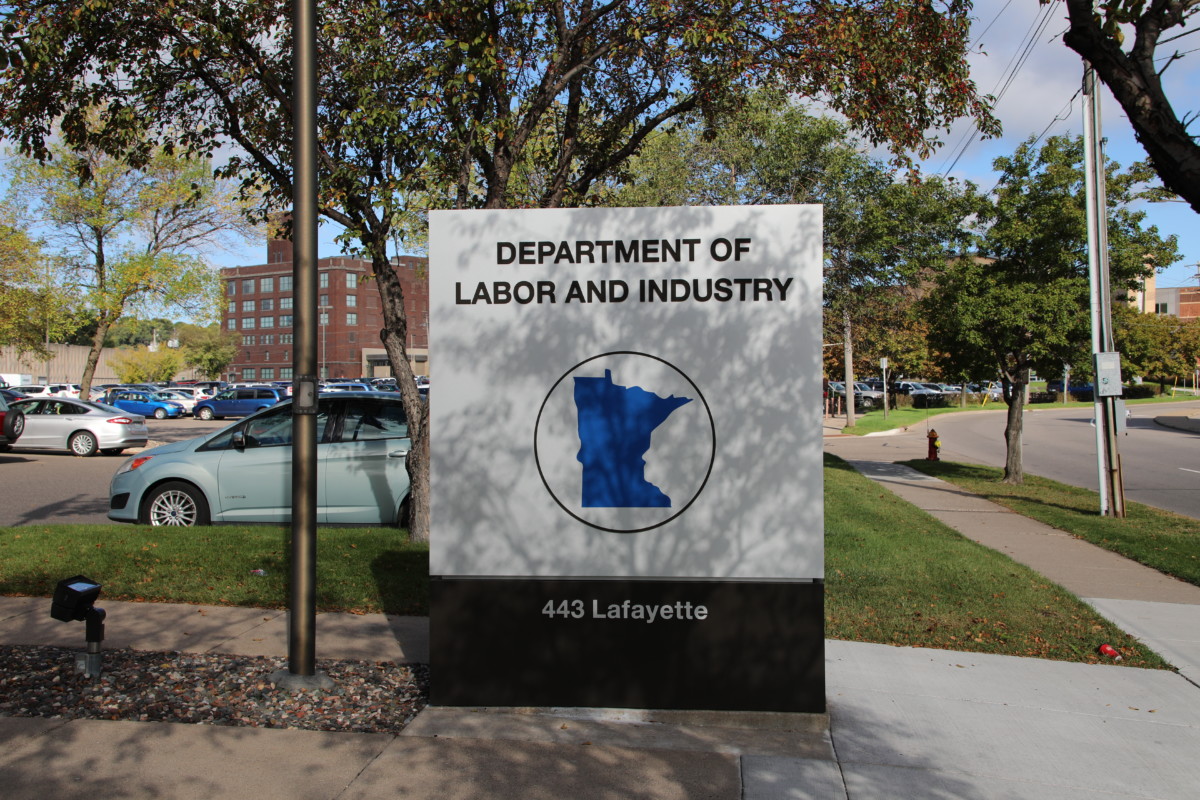Warming weather and melting snow are a welcomed sight water one of the snowiest winters in the history of the state. Spring is here, which brings an added emphasis on construction stormwater management practices.
Most Common Violations
According to the Minnesota Pollution Control Agency (MPCA), the five most common construction stormwater violations are:
- Missing or inadequate soil stabilization. Without proper stabilization, soil is vulnerable to erosion.
- Missing Perimeter controls. When perimeter controls are missing, stormwater carries sediment off site and into waters of the state.
- Missing or inadequate inlet protection. Missing or inadequate inlet protection allows sediment to enter the storm sewers and/or water bodies.
- Vehicle tracking. Without a tracking BMP, vehicles track sediment onto paved surfaces
- BMPs not contained. Unmaintained BMPs do not function properly and allow sediment to escape and enter waters of the state.
Reminders on Compliance
- Ensure that you have a Construction Stormwater Permit and Plan if one is needed.
- Remember to inspect your site within 24 hours of rainfall greater than ½ inch.
- Repair, replace or supplement all nonfunctional BMPs by the end of the next business day after discovery, or as soon as field conditions allow access unless another time frame is specified by the MPCA.
Do I Need a Construction Stormwater Permit?
You need a permit if you are the owner or operator for any construction activity disturbing:
- One acre or more of soil.
- Less than one acre of soil if that activity is part of a “larger common plan of development or sale” that is greater than one acre.
- Less than one acre of soil, but the MPCA determines that the activity poses a risk to water resources.
For more information, visit the MPCA’s Construction Stormwater Site.
















